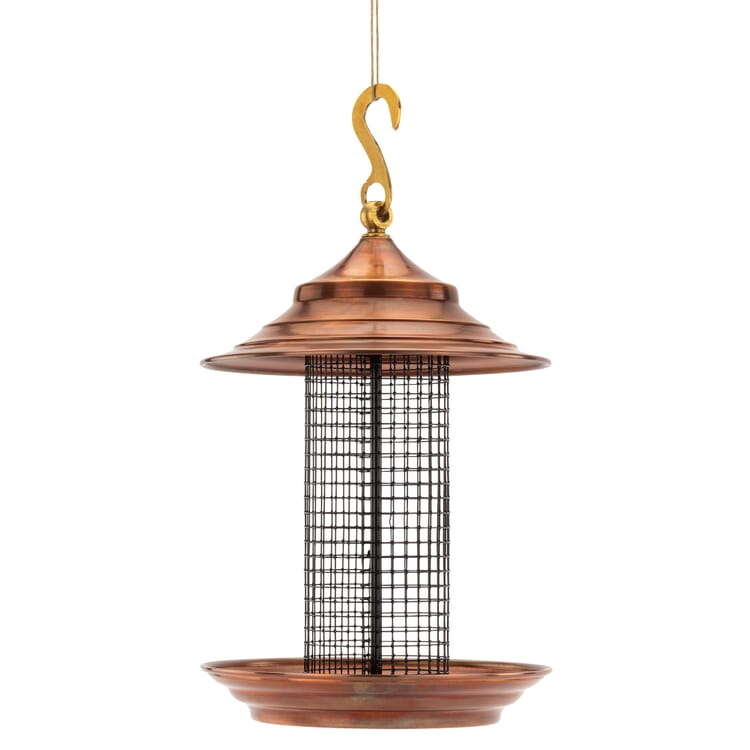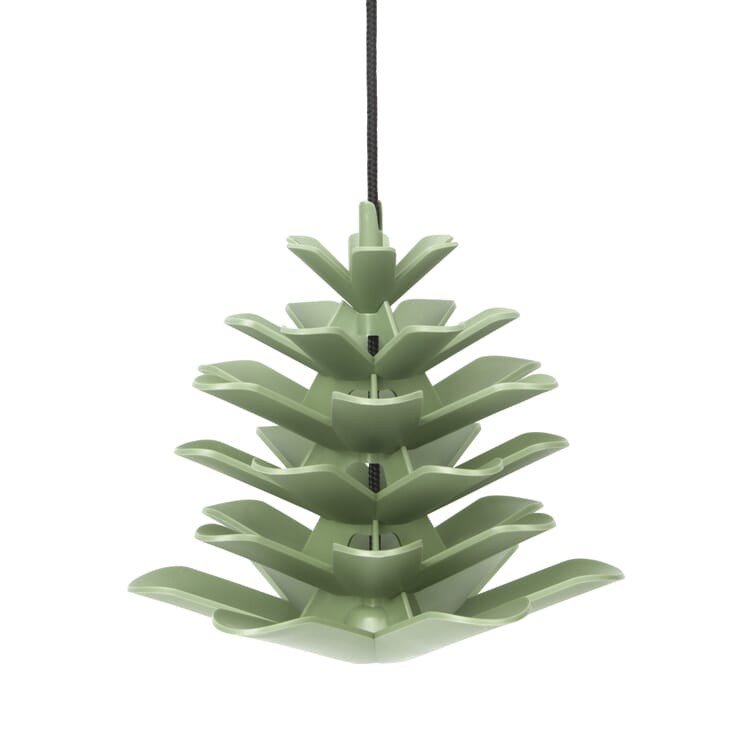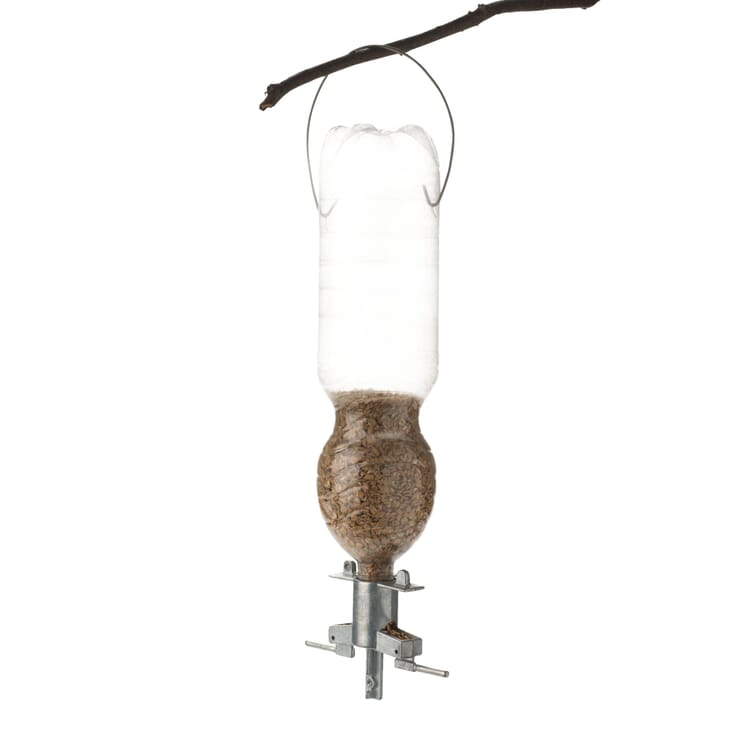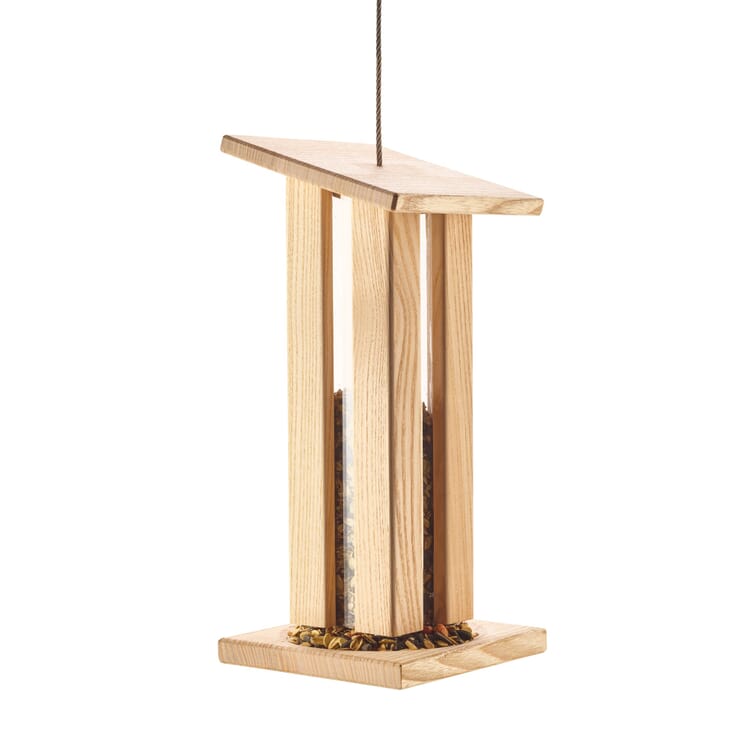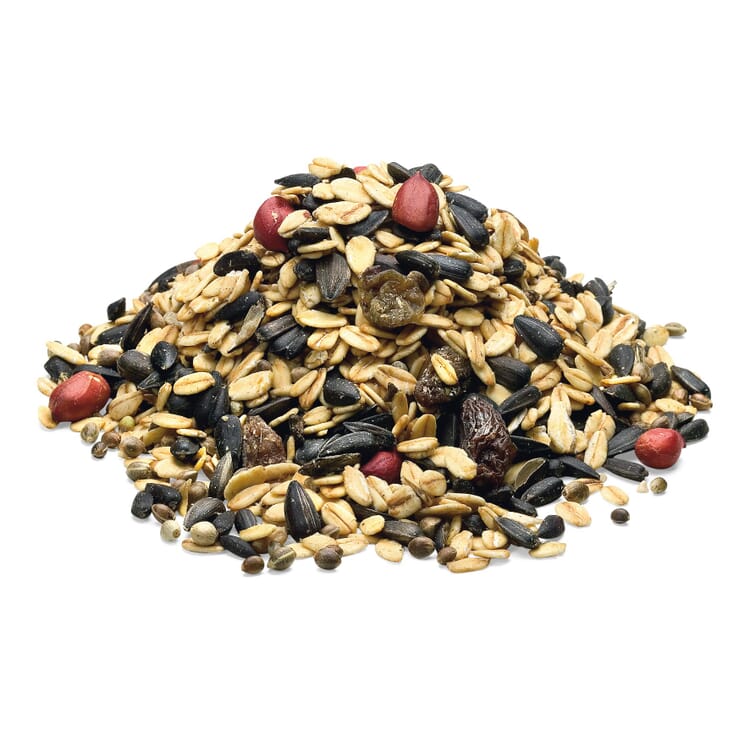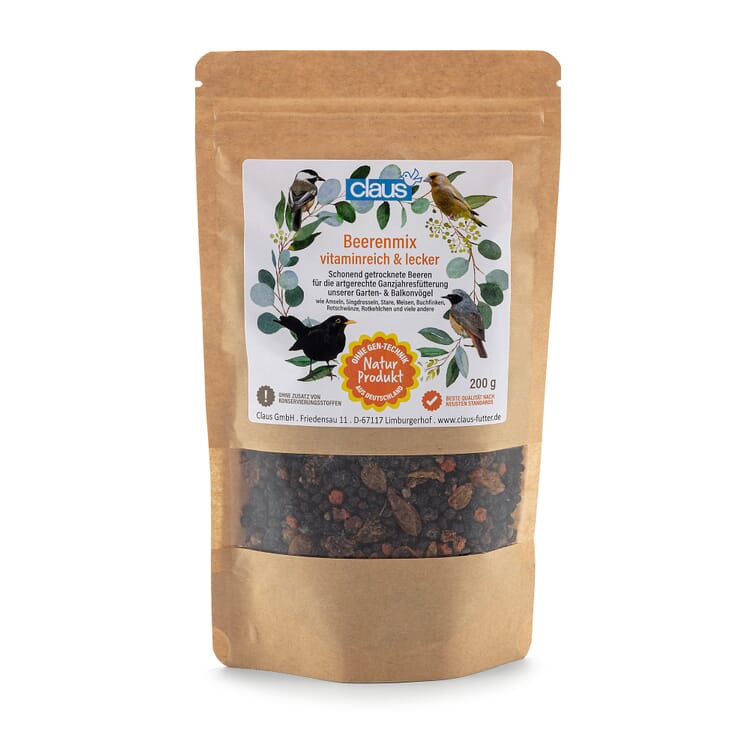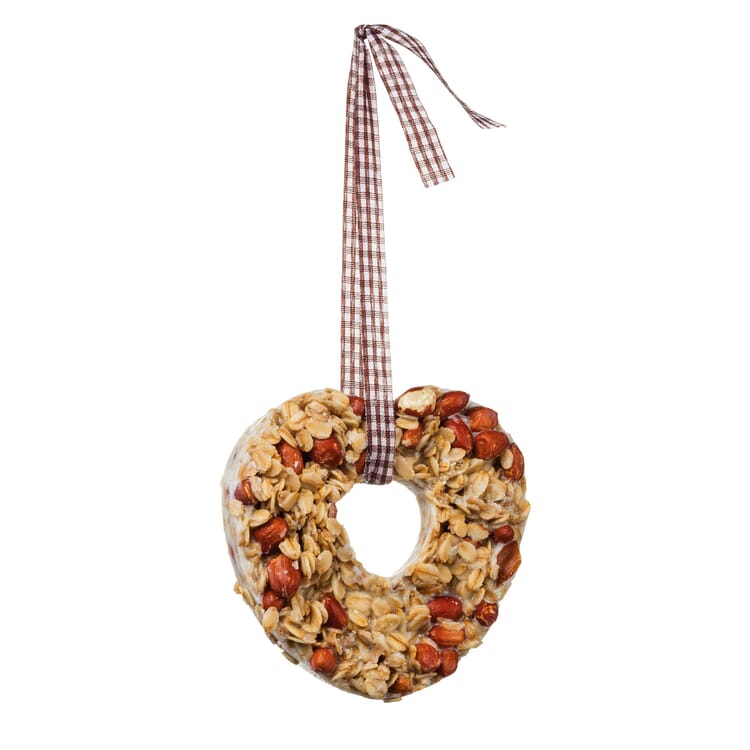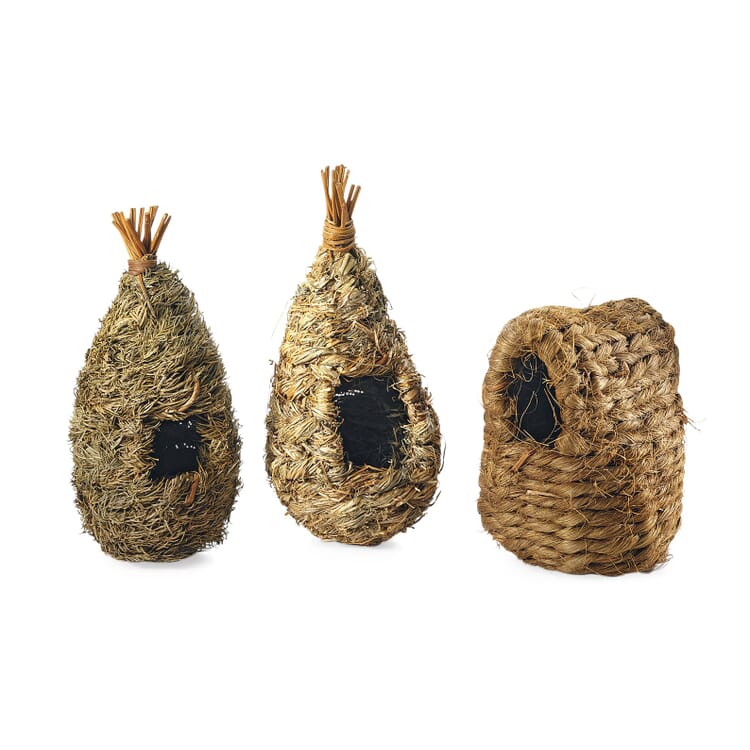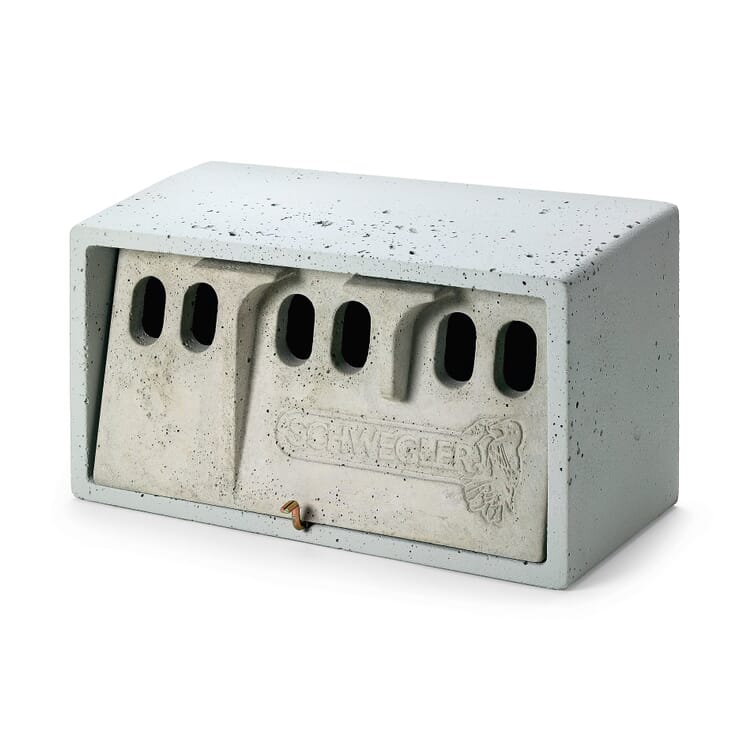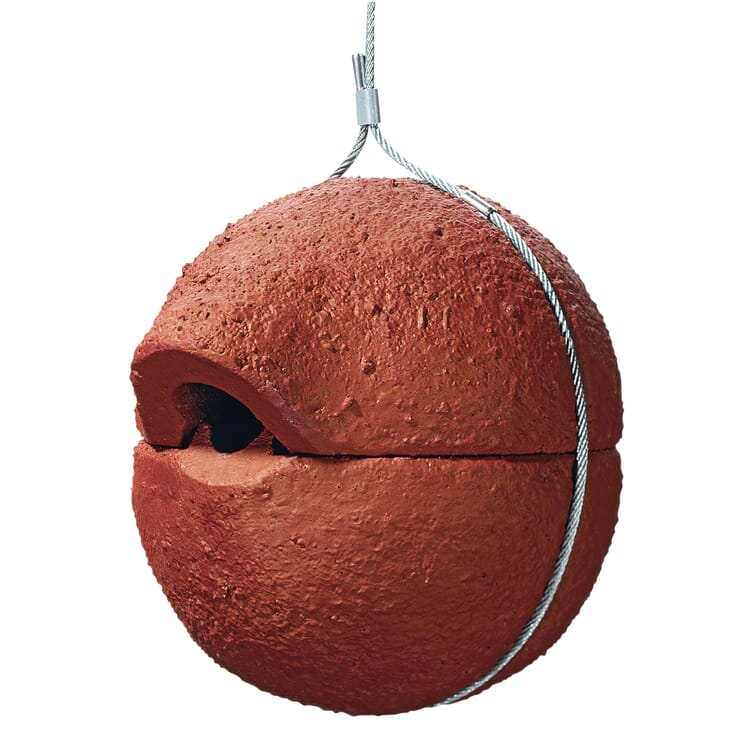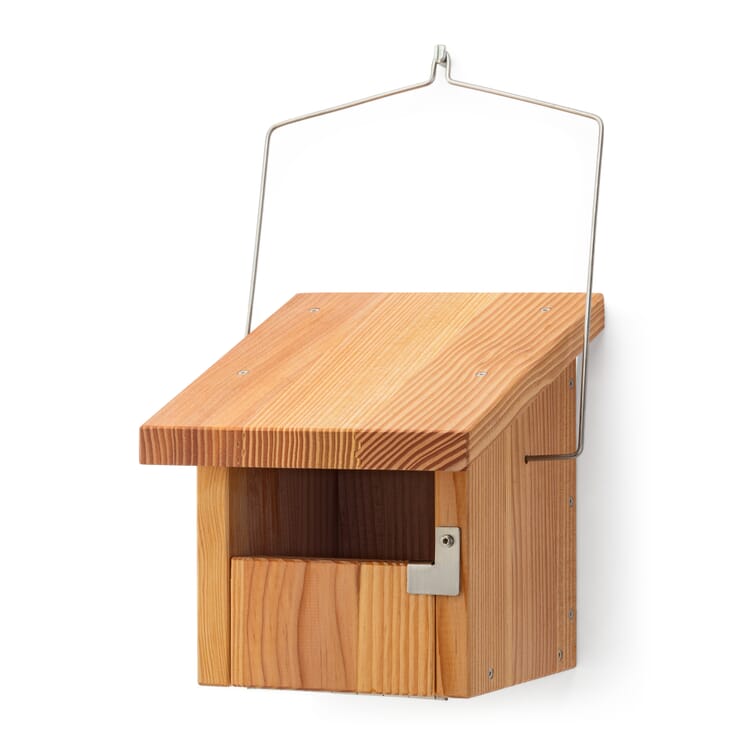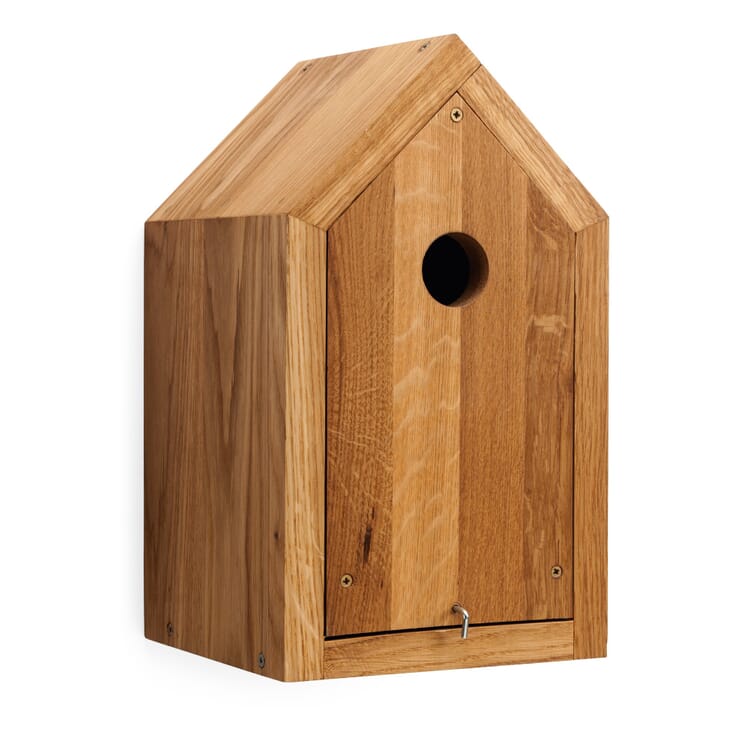Nesting & feeding places
Useful all year round: bird feeding

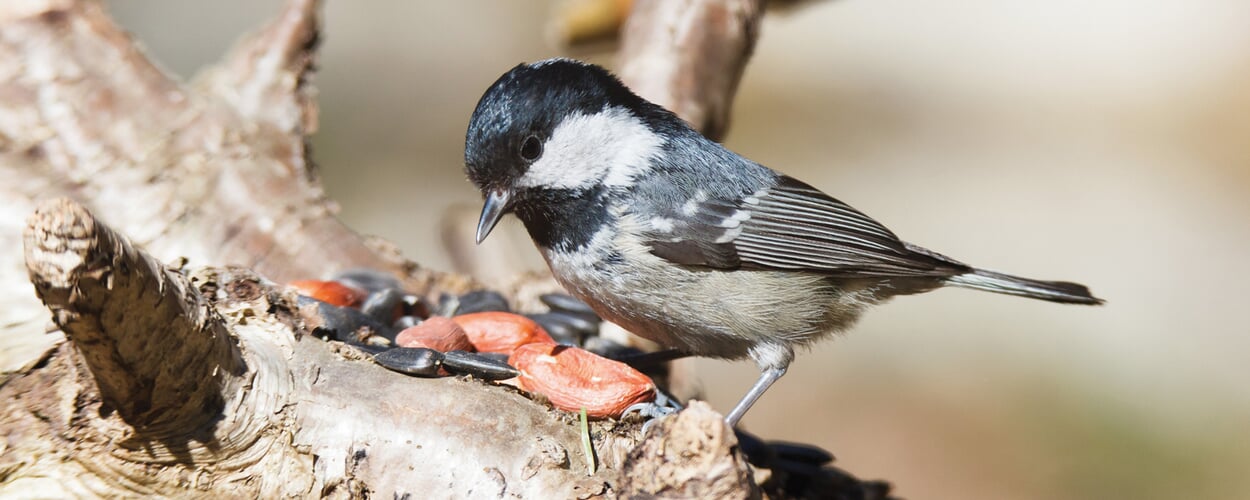
Designing your own garden in such a way that birds feel at home in it not only has the advantage that you can observe the feathered visitors even in the middle of the city and often at close range. From the gardener's point of view, birds are also energetic helpers in gardening, in that they eat many insects - especially during brood care. And birds that have come to know the garden as a good source of food in winter may also choose it as a breeding ground in the following spring - provided they find suitable nesting opportunities. Both can be achieved with little effort by providing additional food sources and various forms of nesting aids (which are often also used as roosting sites outside the breeding season).
The feeding stations at a glance
Useful all year round: bird feeding
It is becoming increasingly rare for domestic garden birds to have sufficient natural food sources available. This is no less true for many village regions with intensive agricultural land use than for the large urban centers with their tidy home gardens.


As a result, even former commonplace species such as the sparrow are now considered to be threatened in their continued existence. The decline of its populations in Germany - by up to 50% in recent years - is perhaps the most striking example. Birdwatchers in Great Britain have therefore long advocated adapted year-round feeding, from which the early returning migratory birds in our latitudes also benefit and which can be an important contribution to the preservation of the species if a few rules are observed.
The right feed
Sunflower seeds are suitable as a basic feed all year round. For grain-eaters such as sparrows and finches, the feed should also contain other seeds, such as linseed, hemp or poppy seeds. The so-called soft feeders such as robins, hedgebraunelles, blackbirds, juniper thrushes or wrens also take raisins and other dried berries, apple, oatmeal or bran. Good soft foods should also contain insects to provide protein. Omnivores such as tits or nuthatches feed on both types of food, but tits in particular also like mixtures of fat, seeds and nuts, such as those available in the form of the well-known bird dumpling. Important: Do not feed salty, spicy or sugared food, leftovers or bread.
Cleanliness is the key
The feeder must therefore be swept out regularly and cleaned with boiling water. (Please do not use chemical cleaners or disinfectants!) Unlike closed feeders or silos, which can often hold large quantities of feed for a long period of time, in an open feeder - into which moisture may get during rain or snowfall - a fresh portion should be added daily and dirty or wet feed should be replaced to prevent spoilage.
Garden design suitable for birds

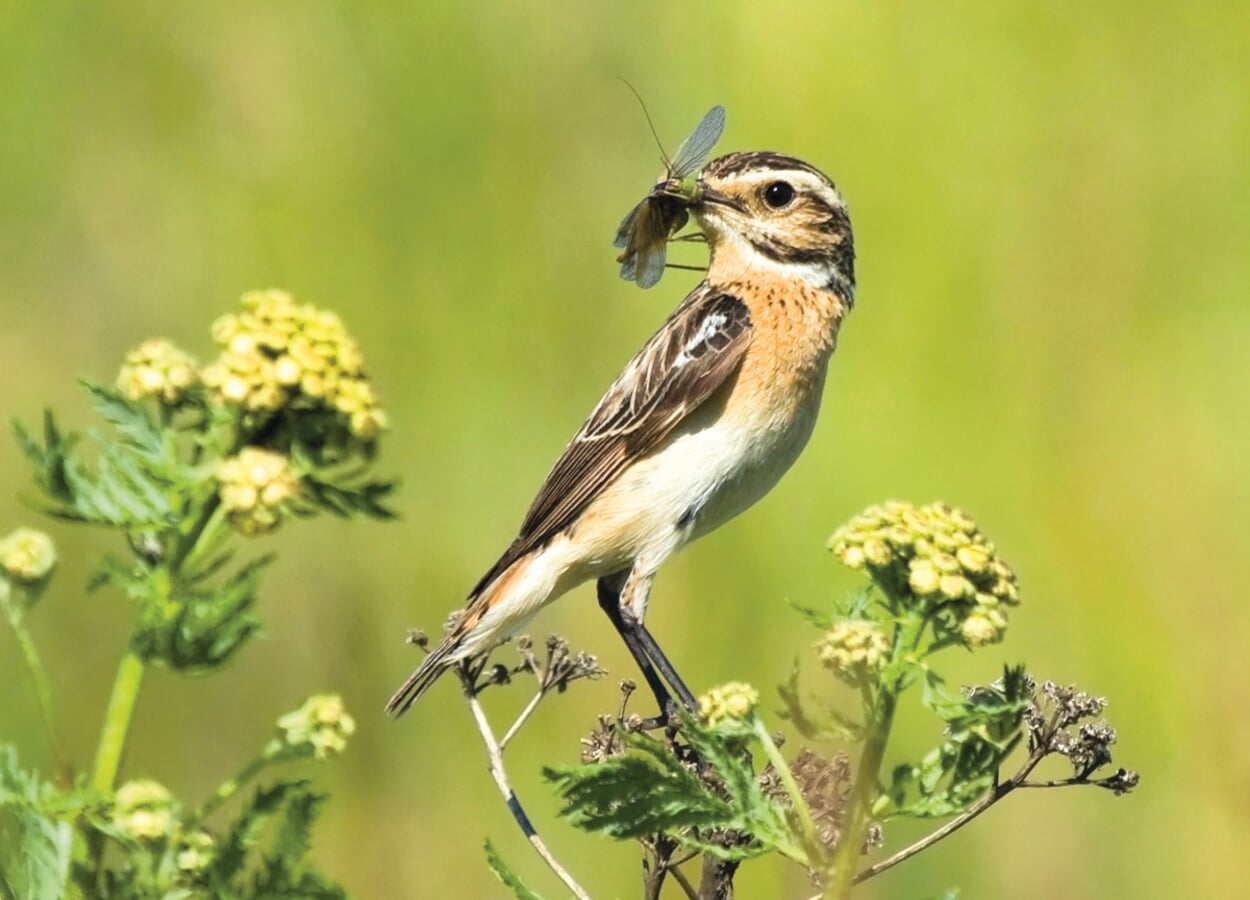
In addition to the feeding station, a bird-friendly garden offers the birds various nesting and wintering possibilities. These can be boxes placed in a sheltered spot in a tree or on the wall of a house, garage or shed. A varied planting of hedges and native shrubs in which they can hide their nests provides additional shelter, and the faded seed heads of nectar-rich summer flowers and perennials can serve as a natural food source into the coming year with their seeds and the insects that overwinter in some plant parts.

